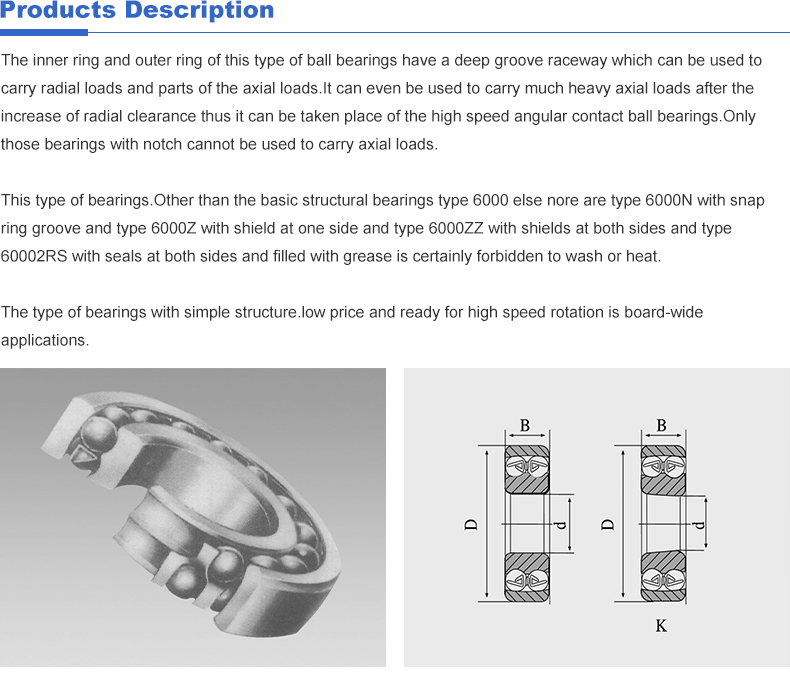gypsum ceiling access panel
-
...
Mineral fiber ceiling is a type of suspended ceiling system that is made from mineral wool fibers, typically derived from materials like volcanic rock or slag. The fibers are blended with binders and formed into tiles or planks, which can then be suspended from a grid system mounted to the ceiling.
Mineral fiber ceilings are often used in commercial or institutional buildings, such as offices, schools, hospitals, and retail spaces, because they offer a number of benefits. These ceilings provide excellent sound absorption and help to reduce noise levels in the space, making them a popular choice for buildings where noise reduction is a priority. Additionally, mineral fiber ceilings are fire-resistant, moisture-resistant, and can be designed to meet specific acoustic requirements.
Mineral fiber ceiling tiles come in a variety of sizes, thicknesses, and finishes, allowing for a range of design options. They can be painted or coated to match the surrounding decor, and some types of mineral fiber ceilings can also incorporate specialized features such as humidity resistance or mold resistance. Overall, mineral fiber ceilings are a durable, cost-effective, and versatile option for a wide range of commercial and institutional spaces.
Mineral fiber ceilings are often used in commercial or institutional buildings, such as offices, schools, hospitals, and retail spaces, because they offer a number of benefits. These ceilings provide excellent sound absorption and help to reduce noise levels in the space, making them a popular choice for buildings where noise reduction is a priority. Additionally, mineral fiber ceilings are fire-resistant, moisture-resistant, and can be designed to meet specific acoustic requirements.
Mineral fiber ceiling tiles come in a variety of sizes, thicknesses, and finishes, allowing for a range of design options. They can be painted or coated to match the surrounding decor, and some types of mineral fiber ceilings can also incorporate specialized features such as humidity resistance or mold resistance. Overall, mineral fiber ceilings are a durable, cost-effective, and versatile option for a wide range of commercial and institutional spaces.
...
1. Selecting the Right Location Choose a location that provides adequate clearance and accessibility to the needed area. The hatch should not interfere with any structural elements of the building.
3. Follow Manufacturer Instructions Always adhere to the manufacturer’s installation guidelines for the brackets, as specifications may vary based on the ceiling system being used.
2. Hiding Imperfections Over time, grid systems can accumulate dust, stains, or rust. Grid covers serve to hide these imperfections, thus extending the aesthetic lifespan of the ceiling.
A drop ceiling, also known as a suspended ceiling, is a secondary ceiling that is hung below the main ceiling using a grid system. This approach allows for the concealment of electrical wiring, plumbing, and HVAC systems, creating a clean and polished look. The space between the original ceiling and the drop ceiling can also serve as a plenum for air circulation, further enhancing HVAC efficiency.



 For instance, in the standard ISO system, '63' signifies the series, and '28' would denote the bore diameter For instance, in the standard ISO system, '63' signifies the series, and '28' would denote the bore diameter
For instance, in the standard ISO system, '63' signifies the series, and '28' would denote the bore diameter For instance, in the standard ISO system, '63' signifies the series, and '28' would denote the bore diameter